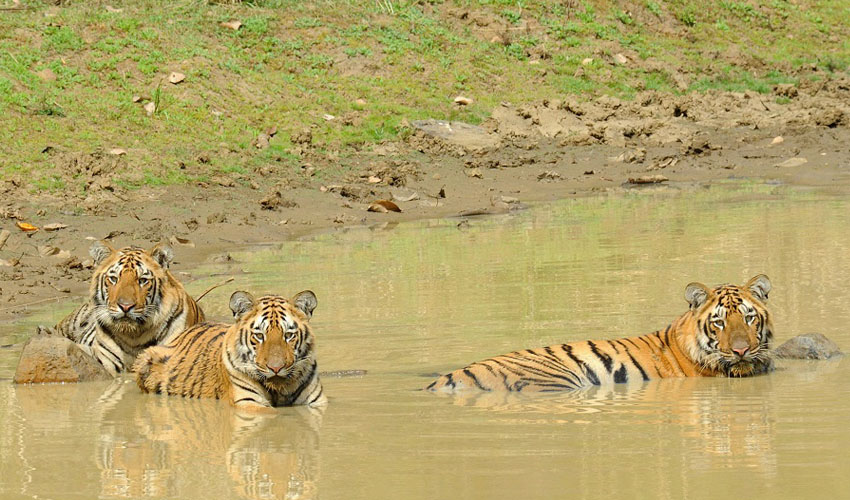Each visit to Tadoba Andhari Tiger Reserve evokes a smile at the realisation of how popular the reserve is. The once verdant forests of Central India, only parts of which are protected, contain sizeable breeding populations of tigers. Tadoba Andhari Tiger Reserve is one of six tiger reserves in Maharashtra state. It is surrounded by a sea of humanity, with a few strings of green corridors acting as a lifeline connecting it to other smaller reserves in the area.
The odyssey of this forested land has been fascinating, transforming from a locally known park open for picnickers in the early 2000s to the most prominent place for wild tiger sightings in the world. This is an outcome of a decade-long effort of strong protection measures, favourable policies and outstanding management practices by the managers of the reserve, supported by the NGOs working here.
But there are some serious issues beyond the boundaries of this haven.
On its journey to become home to a large population of tigers, the Tadoba landscape has also become infamous for the frequent attacks on people by tigers and leopards. Over a period of 12 years, there have been more than 300 attacks in the forested landscape of Chandrapur district by these large cats, with more than half resulting in fatalities.
Dispersal of tigers
Tadoba, with its peripheral forests, is a unique landscape. The term ‘beyond the carrying capacity’ is applied here often. Estimates indicate that there are more than 50 tigers within the 625 square km reserve and a higher number living in its human-dominated peripheral forests. This is a big leap from the estimated 18–20 resident tigers within the reserve and a handful in the areas beyond in 2003.
Improved habitats within the reserve have led to increased prey numbers. This, and the reduced mortality due to protection, has resulted in a higher level of tiger breeding in the reserve. Hence, there has been unavoidable dispersal of the sub-adult cubs from the reserve into the human-dominated buffer areas of the reserve, and further towards the partly degraded forests of the so-called ‘forested corridors’. Sightings of the tigers – majestic and conspicuous, unlike the leopard – increased in the buffers and the corridors. Breeding females with young families of three to four cubs were also seen in forest pockets.










Añadir nuevo comentario